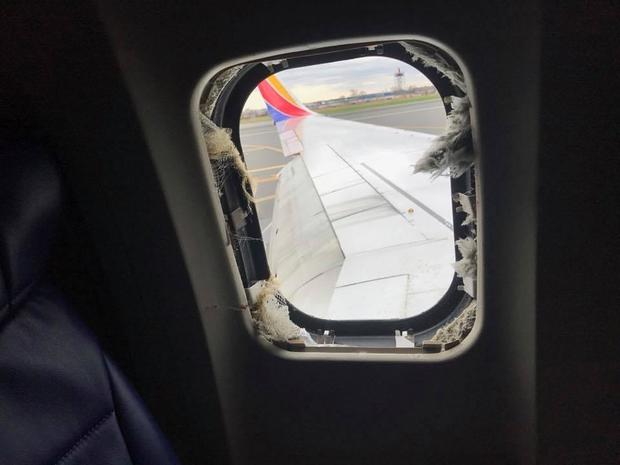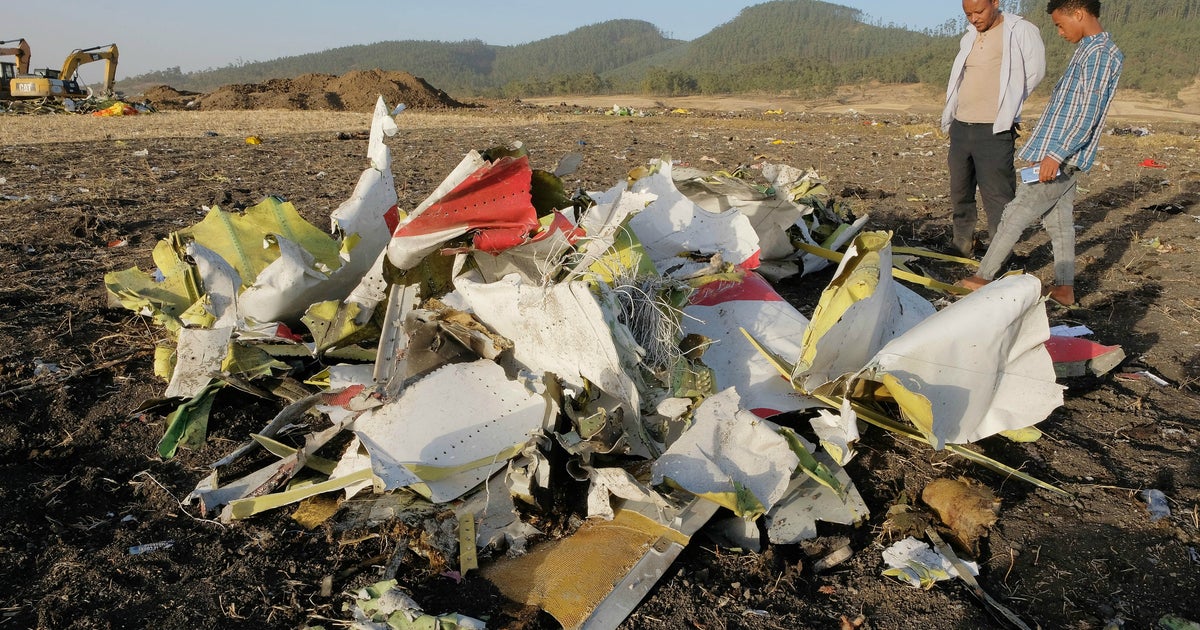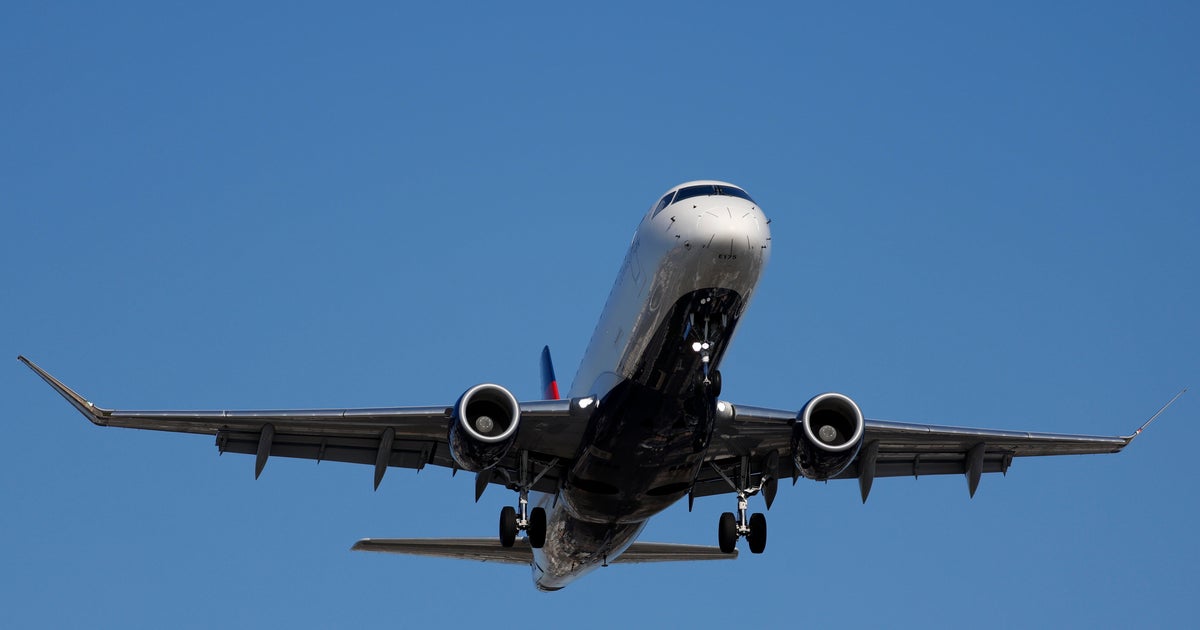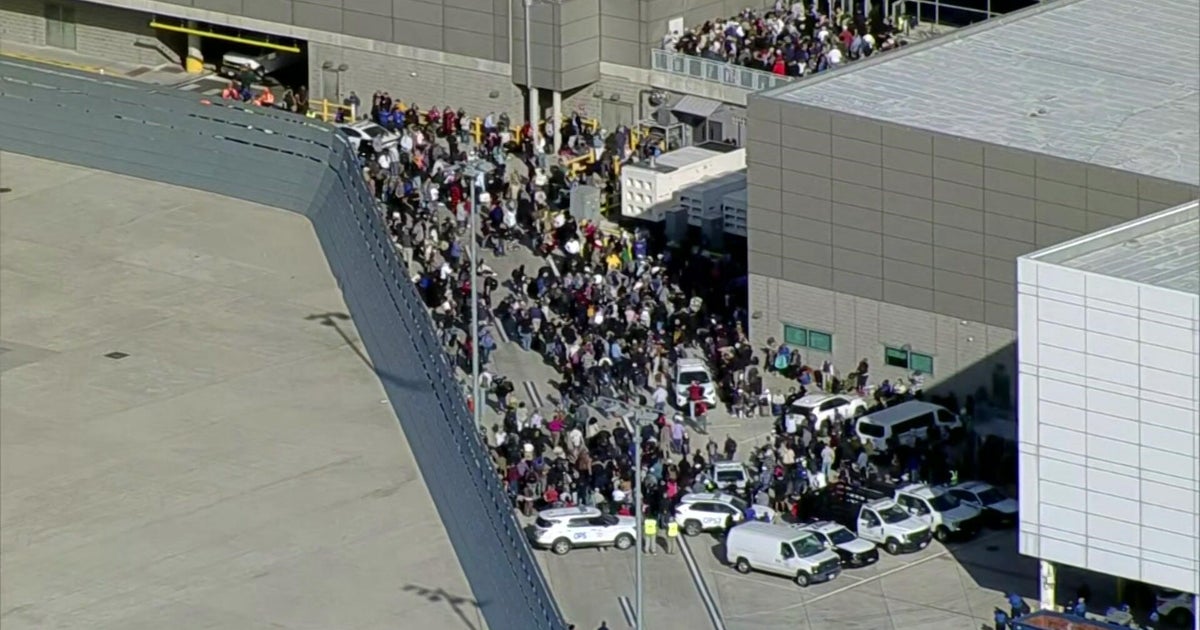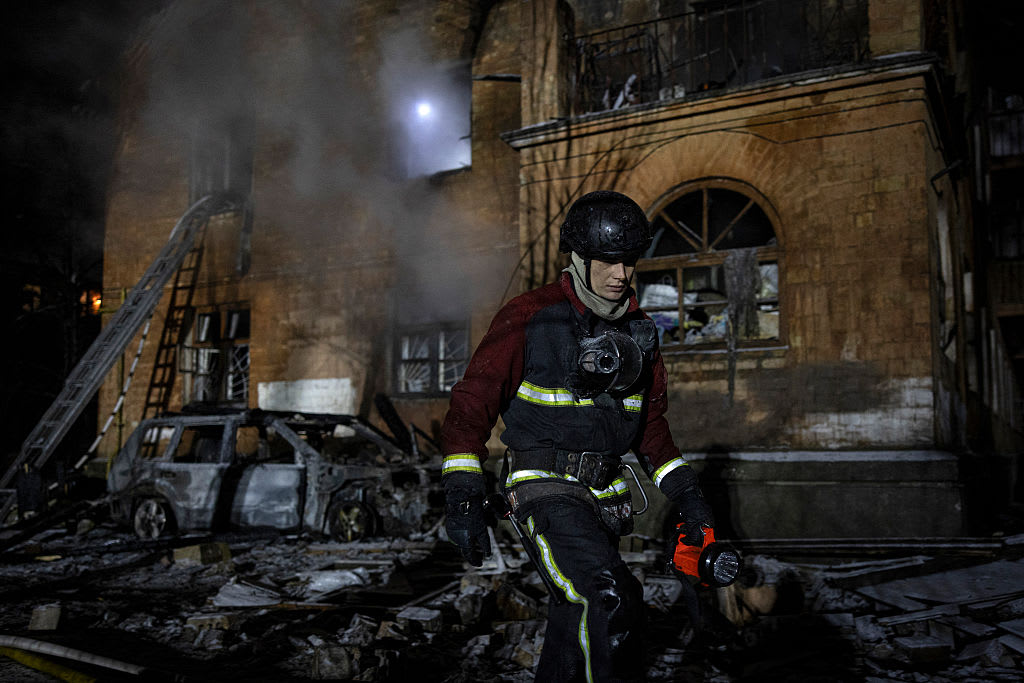NTSB urges Boeing to redesign engine part on thousands of jets after deadly midair explosion
The National Transportation Safety Board urged Boeing on Tuesday to redesign the engine casing on some of its planes after a mid-air engine explosion caused debris to blow out a window, killed a passenger and forced an emergency landing in Philadelphia. The April 2018 incident on board Southwest Airlines Flight 1380 involved a Boeing 737 New Generation jet. Thousands are in service across the U.S. and some 6,800 are in service worldwide.
NTSB noted the probable cause of the accident was a cracked fan blade impacting the fan casing at a critical location, turning fragments of the engine into deadly shrapnel that struck a window, causing it to blow out. The cabin rapidly depressurized, triggering a rapid descent from 32,000 feet, with one passenger getting partially sucked out the blown out window. That passenger later died.
NTSB issued a new recommendation to the Federal Aviation Administration to require Boeing to determine which areas of the fan case of certain planes would be most vulnerable in the event of a fan blade becoming loose and require a redesign of the housing for stronger structural integrity. They also recommended airlines be required to retrofit existing Boeing 737 NG planes with the redesign.
Boeing began manufacturing the 737 NG in the early 1990s, but the redesign requirement would not be applied to Boeing's subsequent model — the 737 Max — as it has a different engine and casing. The 737 Max is currently grounded following two crashes in October 2018 and March 2019.
If the FAA were to accept the NTSB's recommendations, it would likely be a lengthy and phased process. Boeing would need to determine design changes, test the changes and the FAA would have to then certify them. Airlines are typically given given a window of time within which they need to adopt new regulations — in this case swapping out the engine housings. It is unlikely this would result in any grounding of the planes. NTSB recommendations are nonbinding and it is not clear if the FAA will follow through.
Through its investigation, NTSB did not find fault with the Southwest Airlines flight crew, air worthiness of the plane before the engine failure or the plane's maintenance.
NTSB chairman Robert Sumwalt said engine and aircraft manufacturers need to develop stronger designs for engine casings so that another deadly incident never occurs again.
"That translates to a better chance that damage to the aircraft will be minimized during a [broken fan blade] event, improving the safety of the flying public," he said.
Boeing said it commends the NTSB "for its thorough investigation into this accident" and said it is "committed to working closely with the FAA, engine manufacturers and industry stakeholders to implement enhancements that address the NTSB's safety recommendations." The company also said it "is working on a design enhancement that would fully address the safety recommendation from the NTSB. Once approved by the FAA, that design change will be implemented in the existing NG fleet."
Southwest Airlines said the safety of its workers and customers is paramount. "We look forward to reviewing the recommendations of the NTSB and continuing our ongoing work with the manufacturers to prevent a similar event from ever happening again."
The FAA said it had issued numerous directives aimed at more fan blade inspections — every nine to 12 months — and that it would "carefully review and respond to the NTSB recommendations." Boeing insists: "All 737 NGs are safe to continue operating normally as the issue is completely mitigated by the fan blade inspections."
Jennifer Riordan, a mother of two from New Mexico, died following the 2018 accident after being partially sucked out of the damaged window. The 43-year-old banker was among the 144 passengers and five crewmembers on board Flight 1380 that left New York's LaGuardia Airport for Dallas. Former Navy pilot Tammie Jo Shults, later hailed for her "nerves of steel," was assisted by former Air Force pilot Darren Ellisor in landing the plane after it rolled sharply to the left when the engine exploded 20 minutes into the flight. Eight other passengers suffered minor injuries.
NTSB said the 24 fan blades in the left CFM International CFM56-7B engine on the Southwest flight were manufactured in 2000 and had been used on more than 32,000 flights before the tragic flight in 2018. Fan blade number 13 was already cracked at the time of its last overhaul, according to the NTSB, but wasn't flagged by a visual-inspection method used at the time. At the time, the FAA required inspections using electrical current and ultrasound following a similar incident in 2016 when Southwest Airlines flight 3472 experienced a fan blade failure about 12 minutes into the flight. Debris from the engine damaged the fuselage, causing a drop in cabin pressure on that flight as well. Nobody was injured in the 2016 incident.
CFM said it "will continue to strictly comply with regulatory requirements, including any changes that might be adopted as a result of NTSB's recommendations."
Kris Van Cleave contributed to this report.

